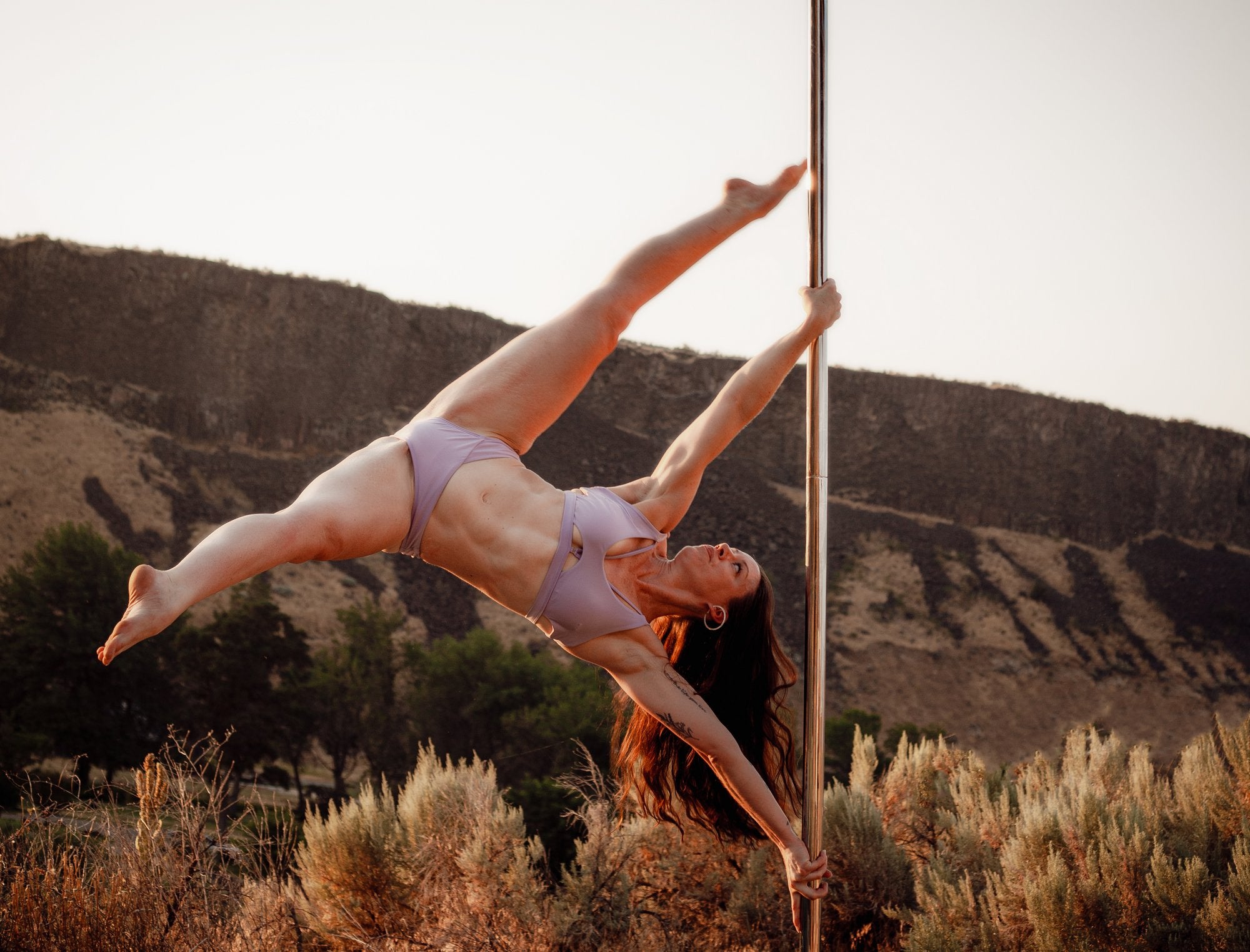News
Is Strength Training Necessary For My Pole Dance Class?

While you may consider pole dancing a full-body workout, adding strength training can benefit your dance routines in several ways. You will increase your body control, awareness, endurance, and tone more than dance can do alone. Read about the benefits below and what exercises you should target to work out your whole body.
Benefits of Strength Training
- Injury Prevention: Pole dancing is hard at any level, and a lack of strength will lead to overcompensation and potential injuries.
- Balances Training For Your Body: In addition to overcompensation, favoring your dominant or strong side or performing one activity can lead to imbalances. Exercising different muscle groups outside your pole classes allows you to build up your weaker side and balance your workouts.
- Increased Endurance: Increased muscles will mean more endurance for your dance sessions. You can perform complex moves with more body control and practice for longer.
- Better Rehab: If you have already encountered an injury, with the help of your physical therapist, you can rebuild the muscles around your injury to better support it in the future. You can also do focused training that your dance class won’t be able to target on your recovery journey.
Training Your Upper Body
Pole dancing requires a solid upper body, and you will already gain strength if you’ve practiced regularly. However, besides your arms, you need strong wrists, shoulders, chest, and back if you want to progress in stamina and skill level.
If you have a set of weights at home, bicep curls, overhead tricep dips, arm raises, reverse flies, rows, and deadlifts are an excellent start. You must determine what weight is a good starting point for yourself. You should pick a weight with which you can do 15 to 20 reps, but you should struggle at the end without sacrificing form. Take a short break and repeat the set for a total of three. You can also replicate most of these exercises with a resistance band. Add lateral pull-downs if you have a band or gym machine access. Search Youtube for variations to perform these exercises with items you have around your house in a pinch.
On the pole, you can work on pull-ups from a standing and kneeling position, ensuring you don’t lean your body onto it. If you’re starting from your knees, don’t forget some pole dance knee pads for extra cushion and protection. Repetitive pole climbs will help strengthen your upper body as well.
Strengthening Your Core
Having a strong core will help your life daily. It will lower your risk for abdominal hernias, back injuries, and complications from pregnancy. Core training will also help make your pole moves more effortless and controlled. The best thing about core training is that it requires little to no equipment.
Avoid boring and repetitive crunches and sit-ups. Try V sits, toe touch crunches, bicycles, Russian twists, side planks, supermans, leg raises, and flutter or scissor kicks. Ensure you are protecting your neck and lower back from straining by keeping your core engaged. If you notice your stomach forming a dome outwards when performing the exercise, you put too much pressure on your abs and are straining them.
If you have a pole at home or have some free time to practice in the studio, you can try a few ab-strengthening pole moves. Practice the chopper pole move without jumping into it. You will have to engage your core to pull yourself up. Try increasing the intensity by straightening your legs if you can do it without jumping easily. You can do pole crunches by starting a basic inversion but then using your core to tuck your legs to your stomach. You can do a few different versions by lifting your straightened or straddled legs to your body. For an extra challenge, try ballerina pole move crunches, using your leg not wrapped around the pole for single-sided crunches. Be sure to repeat the move with the opposite side to maintain balance.
Don’t Forget Leg Day
It’s crucial to balance your training since pole dancing focuses on upper body strength. Try wall sits, calf raises, frog jumps, glute bridges, and lunges. You can switch your lunges from the standard, side, or jump lunges for extra cardio. Squats are another excellent exercise. You can alternate between normal, sumo, pulsing, side, split, and jump squats too.
If you’re looking for a fun challenge, pick a type of push-up or leg exercise to do for the entire “Sally Up Sally Down” viral challenge. The song's length is under four minutes, but it’s incredibly challenging. You will feel the burn and squeeze a workout into your busy day.
If you need more motivation for some endurance training, signing up for a competition or promising yourself new pole dance outfits are great ways to kickstart your non-pole training sessions.
Like with all your training, remember to warm up, stretch, train, cool down, and stretch again to prevent injury. Don’t forget your primary goal is to dance, so find a balance between dance, flexibility, and strengthening sessions. Ensure you aren’t overtraining, and allow your body to rest and recover at least one full day per week. Strength training causes micro-tears to your muscle tissue, so you need time for your body to rebuild stronger muscles. Building your strength i Take care of your body and watch your dancing flourish.


